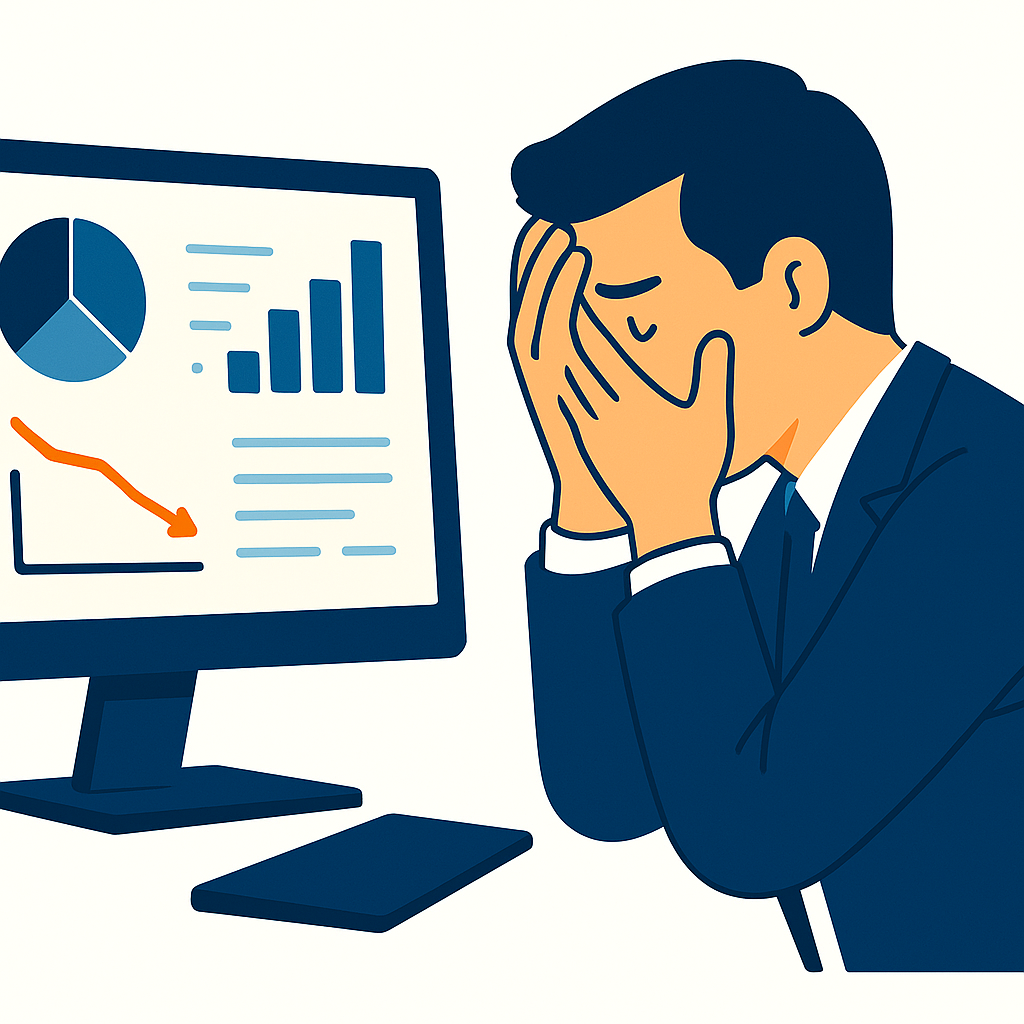Before exploring how KVIs and segmentation improve your pricing strategy, it helps to clarify the core components of product price monitoring. Understanding how the data is collected, matched, and applied gives important context for how the process supports smarter, more agile pricing decisions.
What is product price monitoring?
Product price monitoring is the ongoing tracking and analysis of individual product prices (SKUs) across competitors, channels, and time. It provides a clear view of market movements and helps teams make timely, informed pricing decisions.
Why does SKU-level visibility matter?
Pricing decisions happen at the product level. Without accurate SKU-level visibility, teams are forced to work with incomplete or delayed information. This makes it difficult to respond quickly to shifting market conditions or maintain pricing consistency across the assortment.
How is the data collected?
Most product price monitoring systems use automated web scraping, marketplace APIs, or direct data feeds. These methods replace manual checking and allow prices to be monitored continuously and at scale.
What is product matching and why is it important?
Product matching connects your SKUs with the exact equivalent products sold by competitors. Accurate matching ensures that comparisons are valid and that pricing decisions are based on correct and relevant information.
Who should own pricing changes?
Pricing changes are usually owned by category managers or pricing teams. The monitoring system provides the data, but humans interpret context, apply strategy, and decide when action is necessary.
Why Product Price Monitoring Alone Isn’t Enough
Many retailers already use some form of product price monitoring. They review competitor dashboards, receive alerts, and track changes in their market. Despite this, teams often feel overwhelmed by the volume of information, and they struggle to identify which price movements truly require attention.
This challenge rarely stems from a lack of data. Instead, it reflects a lack of structure. When every product is treated as equally important, the result is an endless stream of alerts and contradictory signals. Teams react to everything, yet feel like they are accomplishing very little.
This is where segmentation, and particularly the use of KVIs (Key Value Items), plays a transformative role. KVIs help teams distinguish between the products that customers notice most and those that have little or no impact on perception or demand. When product price monitoring is connected to a clear segmentation model, pricing work becomes more focused, more manageable, and far more effective.
KVIs: Why They Matter in Modern Pricing
KVIs are the products that shape customer perception. These are items that shoppers frequently compare across websites or visit your store specifically to buy. When the price of a KVI is out of line with the market, customers notice immediately. When the price is competitive, it strengthens trust and can drive traffic across the entire category.
By identifying KVIs and monitoring their prices more frequently, retailers stay competitive where it matters the most. This approach reduces the risk of losing market share on high-visibility products while allowing the rest of the assortment to follow a more controlled and margin-aware pricing strategy.
How Segmentation Multiplies the Value of Product Price Monitoring
Segmentation ensures that product price monitoring reflects real commercial priorities. Instead of treating every SKU with the same urgency, it assigns different monitoring levels based on importance.
KVIs receive the closest attention, often in real time.
Core products are reviewed consistently but with a stronger focus on margin protection.
Long-tail products are monitored at a slower pace or managed through automated rules.
This structure removes the constant noise that pricing teams often experience. It creates a workflow where the most impactful products receive timely, thoughtful action, while the rest of the assortment is managed efficiently and with minimal manual intervention.
How Teams Use Product Price Monitoring in the Real World
One retailer we worked with illustrates this shift well. Before restructuring their approach, their pricing team spent hours each day hunting for competitor updates and checking prices manually. The volume of data was so overwhelming that truly important price movements were often lost in the noise.
After segmenting their assortment and integrating a structured product price monitoring system, each team member gained a clearer sense of responsibility. Category managers now focus their attention on KVIs and a small set of high-priority items that directly influence their category strategy. The system highlights only the most significant price movements rather than every minor fluctuation.
The pricing team manages the rules that guide automated updates and handles exceptions when something looks unusual. Long-tail products follow automated pricing logic, which frees the team from time-consuming manual work. Communication also became easier. Everyone knows which products matter most, which alerts require action, and which changes can safely run in the background.
This human alignment, combined with a reliable monitoring system, is what turns product price monitoring into a strategic asset rather than a daily firefight.
Prioritised Monitoring Creates Smarter Pricing
Product price monitoring provides the essential data needed for competitive, confident pricing decisions. When it is combined with a considered segmentation strategy and clear team ownership, it becomes significantly more impactful and far easier to maintain.
SKU-level visibility, reliable data collection, accurate product matching, and KVI-focused workflows allow retailers to make faster and more informed decisions without increasing workload. By focusing on the products that matter most, pricing teams turn what was once a reactive process into a proactive engine for commercial growth.
Try Out The Insitetrack Solution
Book a demo with our team and discover how accurate, validated insights and expert support can transform your pricing strategy.



